
Instagram has become a formidable force in the social landscape. Predictions of its success include estimates it could exceed $2.8bn in annual ad revenue by 2017 - a huge jump from the $595m it’s expected to pull in this year.
Although brands’ Instagram interaction rates have fallen year on year, it still outperforms the likes of Facebook and Twitter. And initial reports from brands who’ve invested in ads on the platform, including Waitrose and Cadbury, are encouraging - ad recall from sponsored posts on Instagram was said to be 2.8 times higher than Nielsen’s norms for online advertising.
So, is the time right to jump on the Instagram brandwagon? Perhaps - but there are a few key points to consider.
Firstly, you need to formulate a bespoke strategy. Brands need to be prepared to invest in creative assets, and place less importance on copy and links. On Instagram, content is hard to skip past and the community is a lot less forgiving of something that doesn’t feel 100% right.
Instagram is perfect for users to express creativity, and publishing user-generated content (UGC) emphasises a two-way, social relationship. For example, we worked with Red Bull to launch its Editions flavours on Instagram, asking the community to share pictures linked to the colours of the cans.
Instagram now has direct-response formats - purchase buttons and interactive ads, as well as expanded targeting options. Last month it rolled out 30-second ads, a bigger global reach and the ‘Marquee’ buying option.
While Instagram might not be as advanced as Facebook when it comes to tracking business metrics, it is becoming more sophisticated. Its official analytics are only available to those investing in ads, so marketers can use third party software to understand what works for them.
Finally, real-world imagery is more effective than overly retouched studio photography on Instagram. The best content should encourage an emotional response - whether that’s awe, admiration or desire. If you crack this, you’ll give people a reason to come back for more.
Robert Wainman is senior research & insight analyst at We Are Social







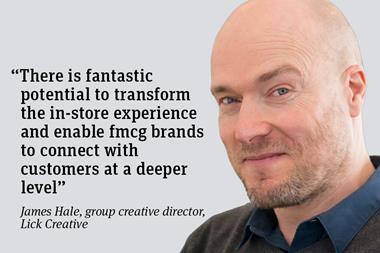
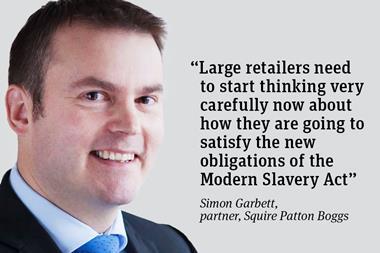

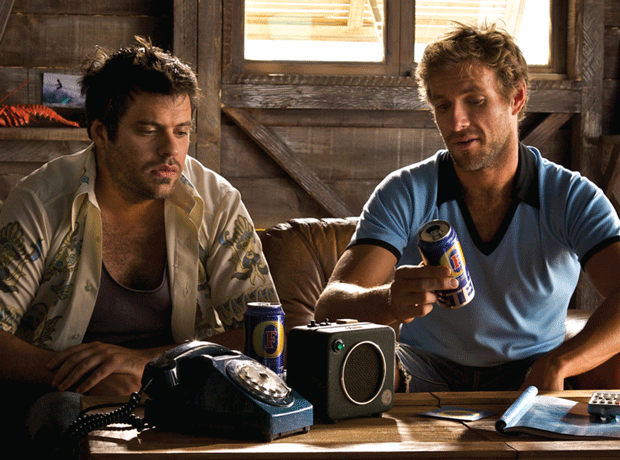
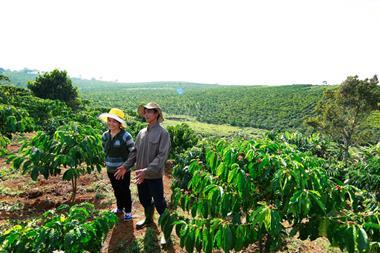
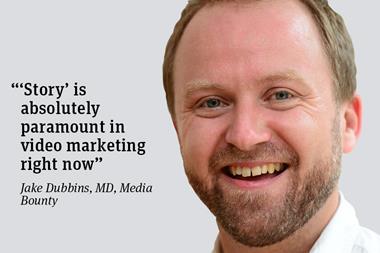


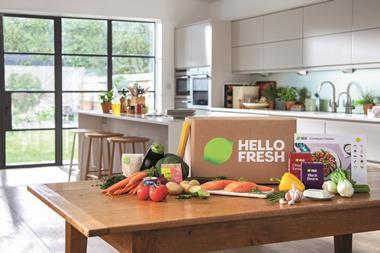
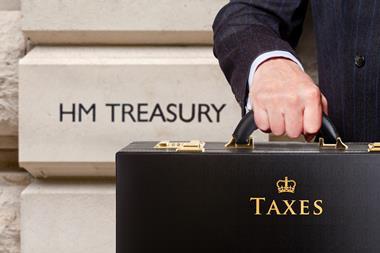


No comments yet